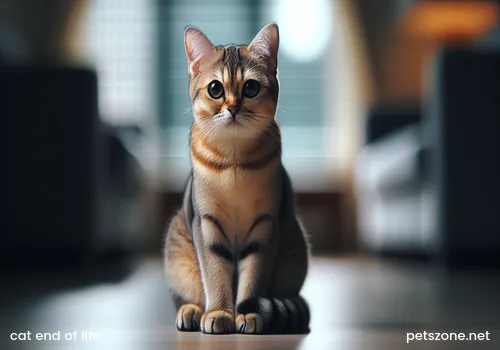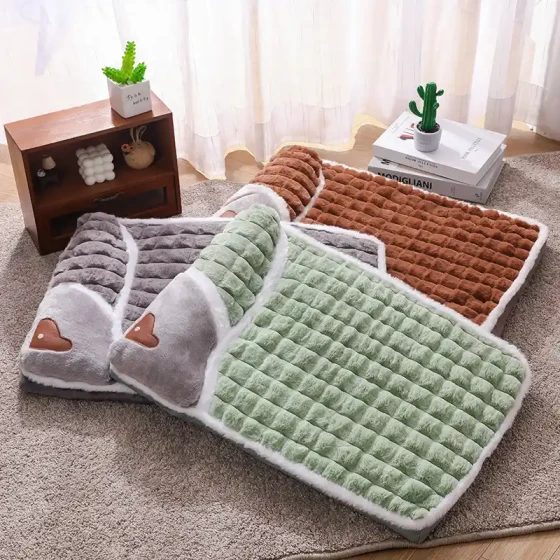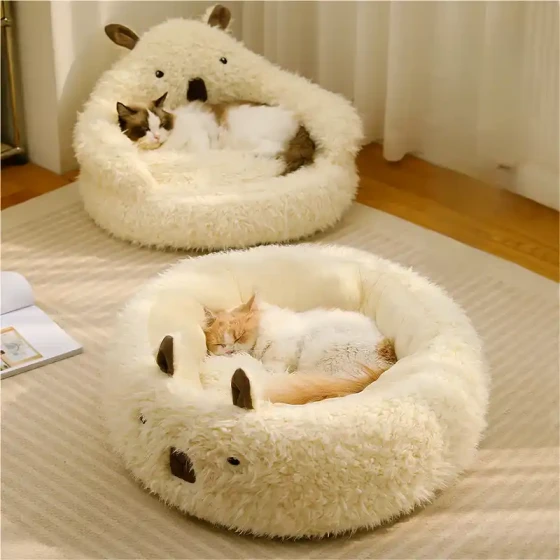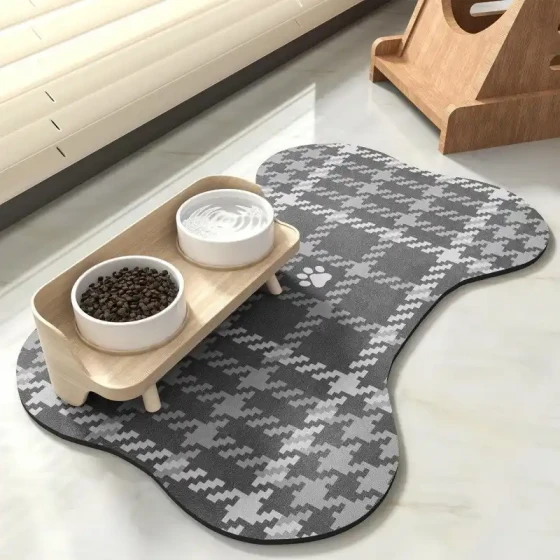The convulsive period before a cat's death_How to alleviate a cat's end-of-life suffering
When a cat reaches the end of its life, bodily functions gradually decline, and a series of symptoms may appear. Among them, convulsions are a manifestation that many owners find heartbreaking. Understanding the symptoms before a cat’s death and taking appropriate measures can help us reduce their suffering, allowing them to leave this life more comfortably and with dignity in their final stage.

Common signs before a cat's death
Cats are very good at hiding pain, so it is sometimes difficult to detect their physical discomfort. But as life nears its end, some obvious signs gradually appear. Knowing these signs can help us better identify and respond.
- Significant decrease in appetite and water intake: This is one of the most common signs before death. Cats may completely refuse to eat or drink, even their favorite treats that normally entice them can no longer attract their interest.
- Behavioral changes: Terminal cats may experience drastic personality changes. Usually lively and outgoing cats may become reclusive, irritable, preferring to hide and unwilling to interact with people. On the other hand, some usually independent cats may become more dependent on their owners, seeking companionship. They may look for quiet, secluded spots, such as under the bed or in corners. This may be an instinctual self-protection or due to physical discomfort.
- Physical weakness and reduced mobility: Terminal cats become very weak and spend most of their time sleeping. They may have difficulty walking, be unstable when standing, or be unable to reach the litter box or food bowl on their own. Some cats may experience trembling or convulsions.
- Changes in bodily functions: The breathing of terminal cats may become rapid, shallow, irregular, or accompanied by wheezing. The heartbeat weakens, body temperature drops, and ears and paws feel cold to the touch. Their eyes may appear dull, vacant, with enlarged or constricted pupils. They may also have urinary or fecal incontinence.
- Appearance changes: Terminal cats may lack the energy to groom, resulting in matted, dull fur. The body may show obvious weight loss and muscle atrophy.
Understanding a cat's convulsions before death
Convulsions or spasms occurring before death can cause great concern for owners, worried that the cat is experiencing intense pain. Convulsions are one of the symptoms possible at the end of life, usually caused by organ failure and abnormal nervous system activity.
- Causes of convulsions: Convulsions before death may result from various causes, including metabolic disorders (such as uremia caused by kidney failure), neurological dysfunction, hypoxia, and poisoning. In some cases, it may be an unconscious reflex of the body and does not necessarily mean the cat is in severe pain.
- Manifestations of convulsions: Convulsions may show as localized or full-body trembling, muscle spasms, or paddle-like movements. During euthanasia, convulsions or muscle twitches may also occur, which are natural bodily reactions and not signs of pain.
How to alleviate a cat's end-of-life suffering
In the final stage of a cat’s life, our goal is to do everything possible to reduce their suffering, improve their quality of life, and make them comfortable and loved. This is usually called “end-of-life care” or “palliative treatment.”
- Seek professional medical help: It is critical to consult a veterinarian promptly when you suspect the cat is nearing death. The vet can assess the cat’s condition, determine the cause of symptoms, and provide professional pain relief and comfort care. Do not let cats suffer alone. Often, “letting nature take its course” may mean the cat endures unnecessary pain.
- Pain management: Pain management is the most important aspect of end-of-life care. Veterinarians may prescribe analgesics suitable for cats to help alleviate their pain and discomfort. Besides medication, some non-pharmaceutical therapies such as acupuncture, massage, and laser therapy may also help ease musculoskeletal pain.
- Create a comfortable living environment: Providing a quiet, warm, and comfortable environment is very important. Prepare soft, clean mats or blankets and place them where the cat likes or often stays. Keep the environment peaceful, reduce noise and disturbances. Adjust lighting appropriately to provide soft light sources.
- Easy access to necessities: Place food bowls, water bowls, and litter boxes in places easy for the cat to reach, reducing difficulty moving around. If the cat is very weak, put these necessities near where it rests. Consider using low-entry litter boxes for easier access.
- Gentle care: Terminal cats may be unable to groom themselves and need owners to help with simple grooming and cleaning to keep their body clean and comfortable.
- Provide easily digestible and palatable food: If the cat still has an appetite, try providing easily digestible, nutritious, and aromatic foods such as meat puree, prescription canned food, or warmed chicken breast. At the final moments, dietary restrictions can be relaxed to allow some favorite foods, even in small amounts for energy and comfort. If the cat cannot eat independently, vets may suggest appetite stimulants. Avoid force-feeding.
- Maintain warmth and hydration: Since terminal cats' body temperature may drop, keep them warm using hot water bottles (wrapped in towels to avoid burns) or electric blankets. If the cat can still drink, ensure water is easily accessible. If not, under veterinary guidance, small amounts of water may be given with a dropper, but do not force.
- Quality companionship: Gentle companionship and stroking during the last moments can bring great comfort and security. Speak softly so they hear familiar voices. Spend as much time as possible with them to show love.
- Understanding euthanasia: When a cat suffers great pain that cannot be relieved and its quality of life is very poor, euthanasia is an option to consider. Although a difficult decision, sometimes it is the final act of kindness to let the cat depart with dignity and be spared suffering. Fully communicate with your vet to understand the cat’s specific condition and euthanasia procedures to make the best decision for your cat.
Frequently Asked Questions
- Is convulsing before death a sign of pain for cats? End-of-life convulsions may be caused by organ failure and abnormal nervous system discharges and do not necessarily mean the cat is experiencing severe pain. It is more like an unconscious physiological reflex.
- How can I make a terminal cat more comfortable? Provide a quiet, warm, and comfortable environment, easy access to food, water, and litter boxes. Consult a veterinarian for pain management and spend more gentle time accompanying, stroking, and comforting your cat.
- Will terminal cats leave home? Some cats instinctively seek hidden spots to hide before death, which may be self-protection in the wild. House cats may show similar behavior, finding quiet corners at home.
- When should euthanasia be considered? When cats suffer severe pain that cannot be effectively relieved by treatment and quality of life is very poor, euthanasia options can be discussed with the vet to relieve suffering and allow a dignified passing.
Facing a cat’s departure is a pain every pet owner experiences. Understanding their end-of-life signs, especially convulsions, and offering professional medical help and detailed home care can greatly reduce their suffering, letting them peacefully reach life’s end in a loving and warm environment. Remember, your efforts are the final kindness and responsibility for this deep bond.

-560x560.webp)

